The 2021 Kawasaki Ninja ZX-10R ABS: A Championship Pedigree
Contents
The 2021 Kawasaki Ninja ZX-10R ABS is all-new for 2021, that is what it takes for this Japanese-made literbike to stay on top. For six consecutive years, Kawasaki has won both riders’ and manufacturers’ titles in the Superbike World Championship, let’s see how that translates into the new Kawasaki motorcycle.
Lessons learned in World Superbike show in the new drivetrain. The 998cc, liquid-cooled, 4-stroke, DOHC 16-valve in-line four, utilizes an extremely lightweight valve train, with finger followers that keep the valves open for an additional duration, adding power. This new engine outputs 200 hp (150 kW) at 13,200 RPM, and 84.7 lb-ft (114.9 Nm) at 11,400 RPM. The cassette gearbox is a “straight from the track” bit of technology, joined with a slipper clutch and up/down quick shifter.
Naturally, like much of the 2021 Kawasaki Lineup, the electronics are top-notch engineering. The new IMU (Inertial Management Unit) allows next-generation Engine and Chassis management technology. Offering selectable rider modes, electronic corner management functions, and enhanced chassis orientation awareness, the 2021 ZX10R will have you looking like a champ on track days and the ride home.
The Next-generation Ninja Styling showcases an all-new aerodynamic body with integrated winglets, which redirect airflow and improve downforce by 17%. New features include LED headlights, TFT colour instrumentation, Smartphone connectivity, and even luxuries like Electronic Cruise control and optional Heated Grips.
Colors for 2021 include: Metallic Spark Black / Metallic Matte Carbon Gray, or KRT Edition
The 2021 Kawasaki Ninja ZX-10R ABS starts at $10,199 USD / $12,399 CAD.
On this page: we’ve curated specs, features, news, photos/videos, etc. so you can read up on the new 2021 Kawasaki Ninja ZX-10R ABS in one place.
Model Overview
General Info
- Price: $17,399 USD / $19,999 CAD
- Key Features:
-
- Aerodynamic styling with integrated winglets
- Kawasaki Cornering Management Function (KCMF)
- Kawasaki Quick Shifter (KQS)
- Electronic Cruise Control
- Smartphone connectivity
Main Specs
- Engine: 998cc, 4-stroke, In-Line Four, DOHC, 16-valve, liquid-cooled
- Power: 200 hp (150 kW) @ 13,200 RPM
- Torque: 84.7 lb-ft (114.9 Nm) @ 11,400 RPM
- Wet Weight: 207 kg (456 lb)
- Seat Height: 835 mm (32.9 in)
Competitors
2021 Kawasaki Ninja ZX-10R ABS Specifications
ENGINE |
||
| Engine | 998 cc, 4-stroke, In-Line Four, DOHC, 16-valve, liquid-cooled | |
| Power | 200 hp | |
| Bore x Stroke | 76.0 x 55.0mm | |
| Compression Ratio |
13.0:1
|
|
| Fuel System | DFI® w/47mm Mikuni throttle bodies (4) with oval sub-throttles, two injectors per cylinder | |
| Starter | Electric | |
| Lubrication | ||
DRIVETRAIN |
||
| Clutch | ||
| Transmission | 6-speed, return shift | |
| Final Drive | Sealed chain | |
CHASSIS |
||
| Suspension Front | 43mm inverted Balance Free Fork, adjustable stepless rebound and compression damping, spring preload adjustability/4.7 in | |
| Suspension Rear | Horizontal back-link with Balance Free gas-charged shock, stepless, dual-range (low-/high-speed) compression damping, stepless rebound damping, fully adjustable spring preload/4.5 in | |
| Brakes Front | Intelligent Braking (KIBS) (ABS only), Brembo dual semi-floating 330mm discs with dual radial mounted monobloc 4-piston calipers | |
| Brakes Rear |
KIBS-controlled (ABS only), single 220mm disc with aluminum single-piston caliper
|
|
| Tires Front | 120/70 ZR17 | |
| Tires Rear | 190/55 ZR17 | |
| Fuel Tank Capacity | 4.5 gal | |
| Color |
Metallic Spark Black/Metallic Matte Carbon Gray
|
|
ELECTRICAL |
||
| Ignition | TCBI with digital advance and Sport-Kawasaki Traction Control (S-KTRC) | |
| Spark Plugs | ||
| Headlight | LED | |
| Tail Light | LED | |
DIMENSIONS |
||
| Overall Length | 82.1 in | |
| Overall Width | 29.5 in | |
| Overall Height | 46.7 in | |
| Wheelbase | 57.1 in | |
| Ground Clearance | 5.3 in | |
| Seat Height | 32.9 in | |
| Curb Weight | 456.4 lb | |
WARRANTY |
||
| Warranty | 12 months | |
| Kawasaki Protection Plus | 12 / 24 / 36 / 48 months | |
2021 Kawasaki Ninja ZX-10R ABS Features
Economical Riding Indicator
While effective vehicle speed and engine speed may vary by model, paying attention to conditions that cause the “ECO” mark to appear can help riders improve their fuel efficiency – a handy way to increase cruising range. Further, keeping fuel consumption low also helps minimize negative impact on the environment.
Electronic Throttle Valves
Electronic throttle valves also enable more precise control of electronic engine management systems like S-KTRC and KTRC, and allow the implementation of electronic systems like KLCM, Kawasaki Engine Brake Control, and Electronic Cruise Control.
Kawasaki Engine Brake Control
KLCM (Kawasaki Launch Control Mode)
KCMF (Kawasaki Cornering Management Function)
• S-KTRC/KTRC (including traction management and wheel lift management)
• KLCM (including traction management and wheel lift management)
– Designed to optimize acceleration from a stop
• KIBS (including pitching management and corner braking management)
• Kawasaki Engine Brake Control
POWER MODES
S-KTRC (Sport-Kawasaki Traction Control)
S-KTRC monitors a number of parameters, including front and rear wheel speed (slip), engine rpm, throttle position and acceleration. Conditions are confirmed every five milliseconds, at which time the system looks at each of the parameters as well has how much they are changing (i.e. their rate of change). This unique Kawasaki method makes it possible to make interpolations and precisely calibrate engine output to suit traction conditions. By acting before slippage exceeds the limits of traction, drops in power can be minimized, resulting in ultra-smooth operation.
Because the sophisticated software bases its dynamic analysis on the chassis’ orientation relative to the track surface (rather than relative to a horizontal plane), it is able to take into account corner camber, gradient, etc., and adapt accordingly. It also automatically adjusts for tire wear, different tire profiles, high-grip tires, and numerous other factors that setting-type systems treat as fixed parameters. Models equipped with IMU incorporate chassis-orientation feedback to offer even more precise management.
KQS (KAWASAKI QUICK SHIFTER)
2021 Kawasaki Ninja ZX-10R ABS Photos
2021 Kawasaki Ninja ZX-10R ABS Videos
Links
Kawasaki Official Websites

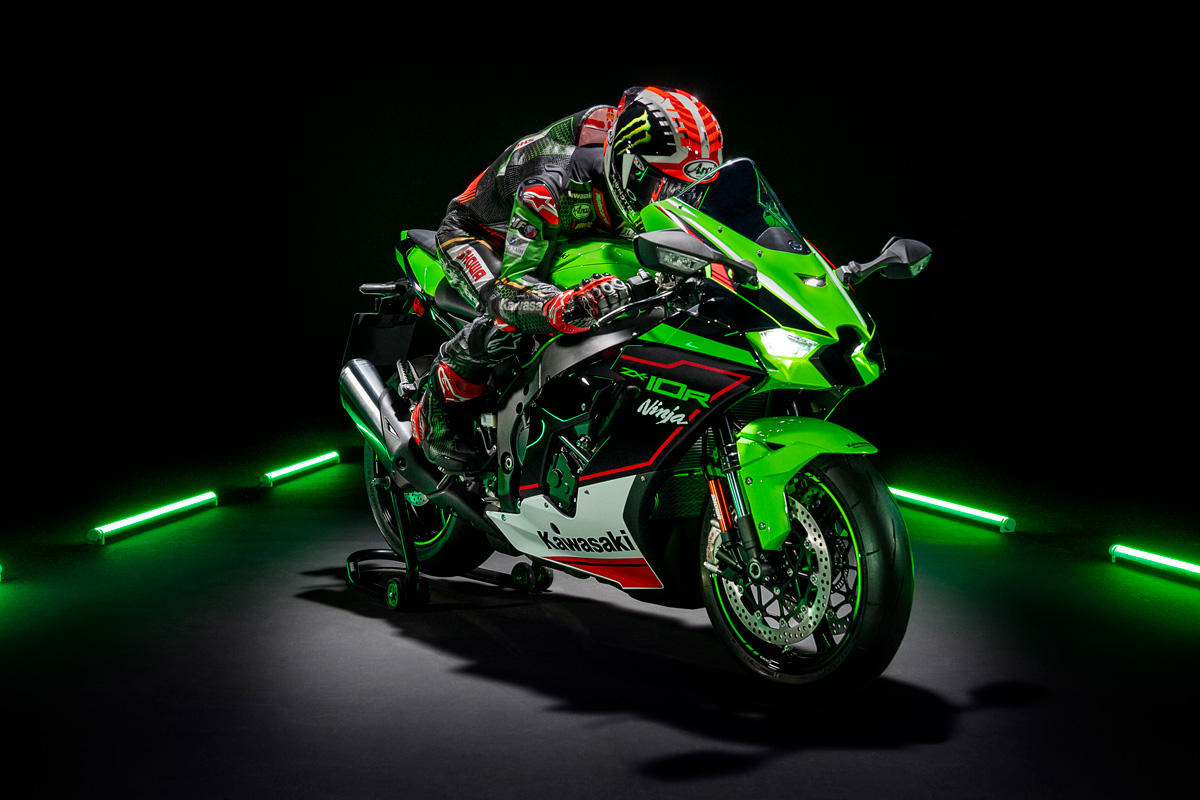
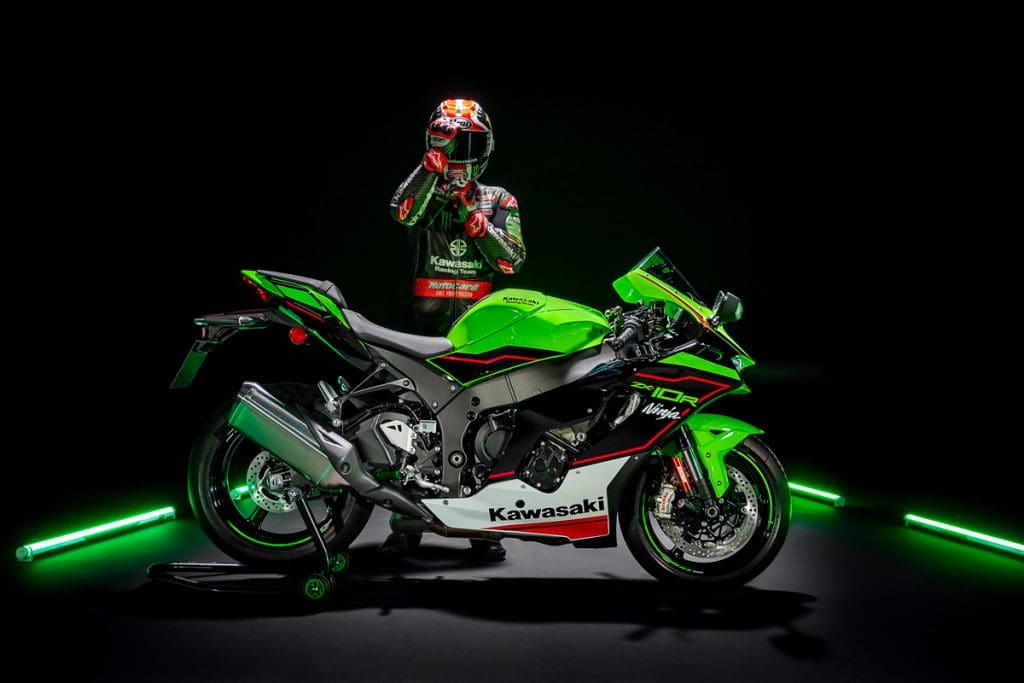
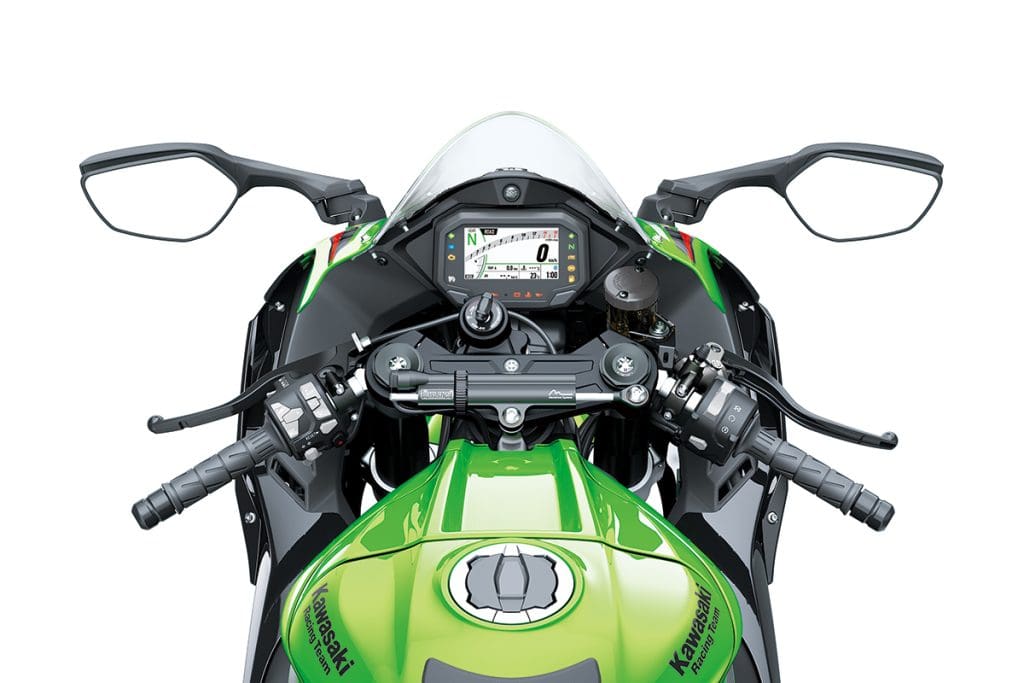
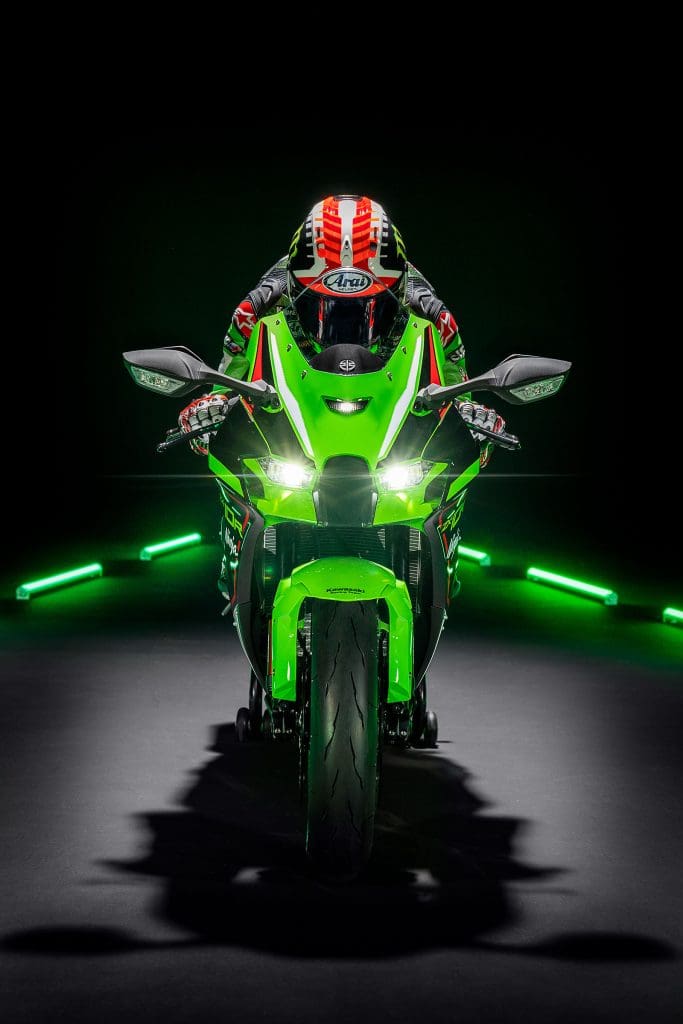
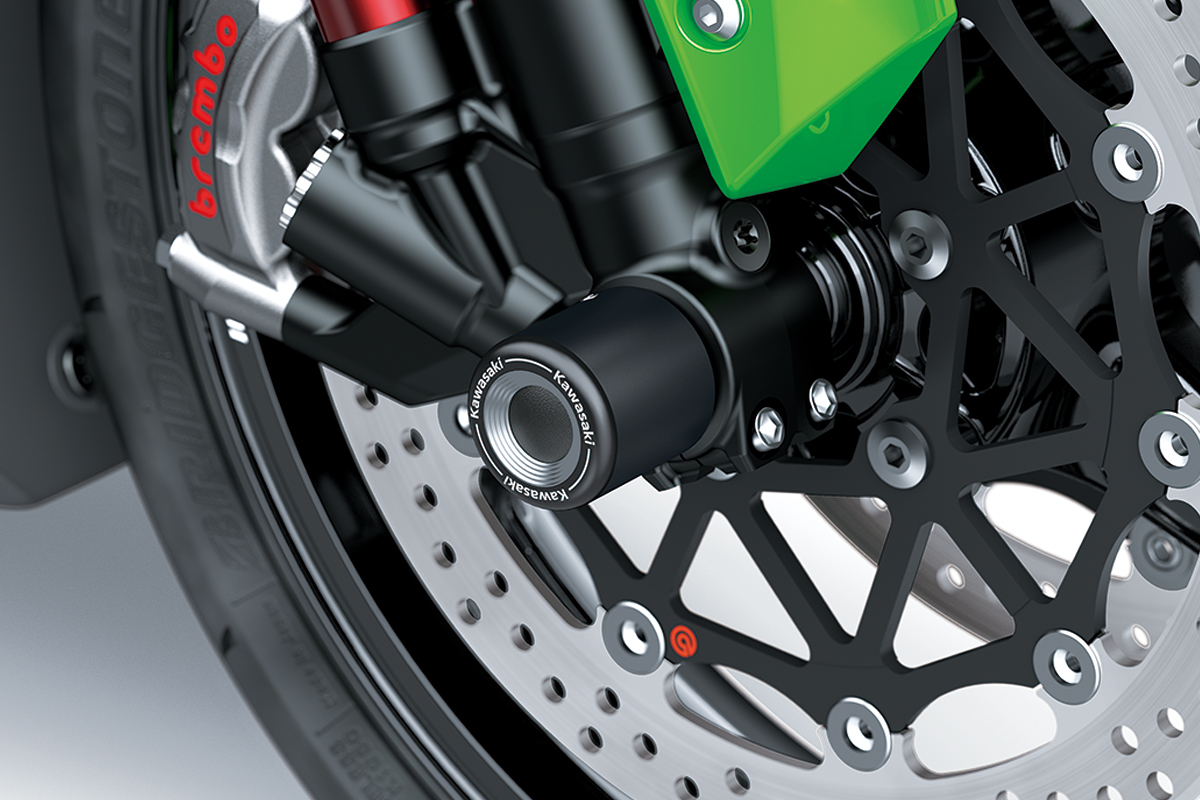
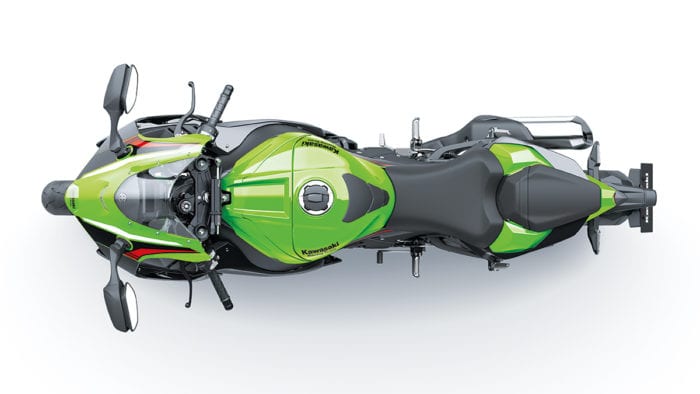



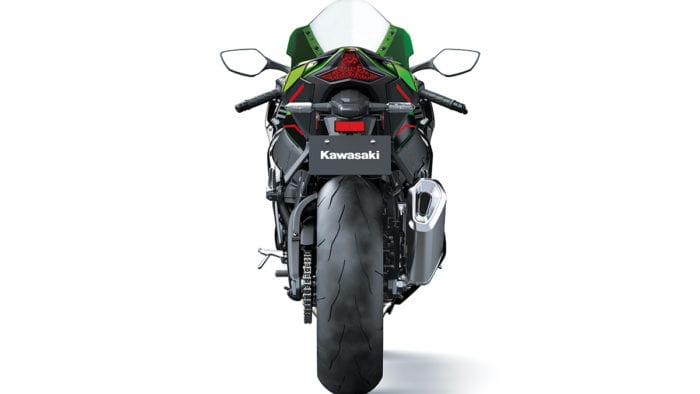

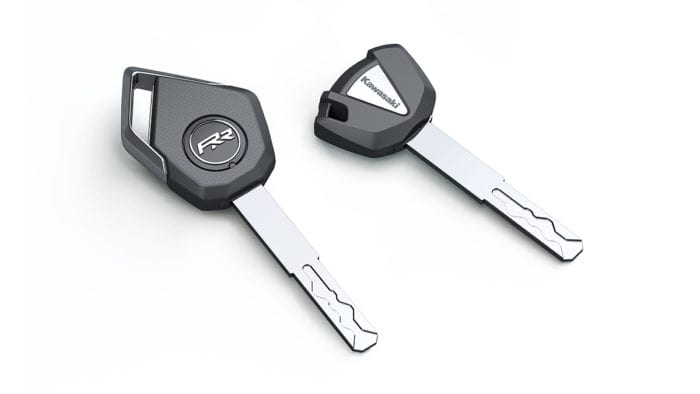
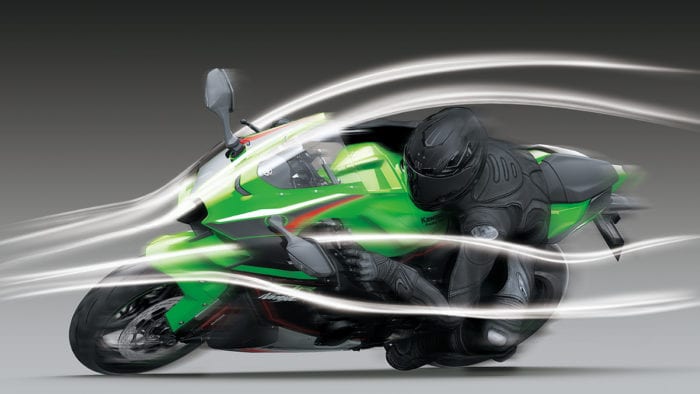
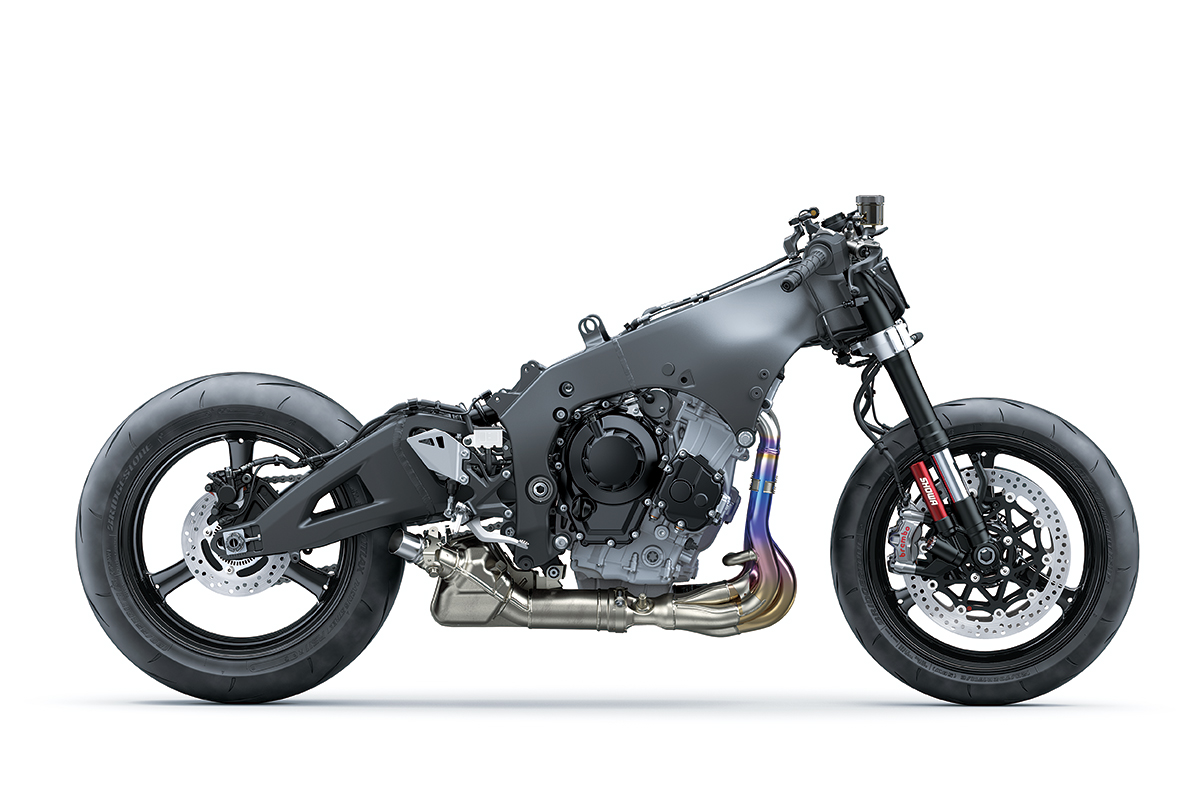
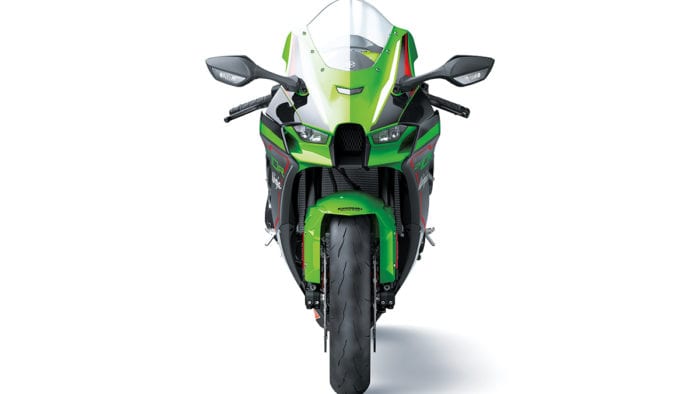

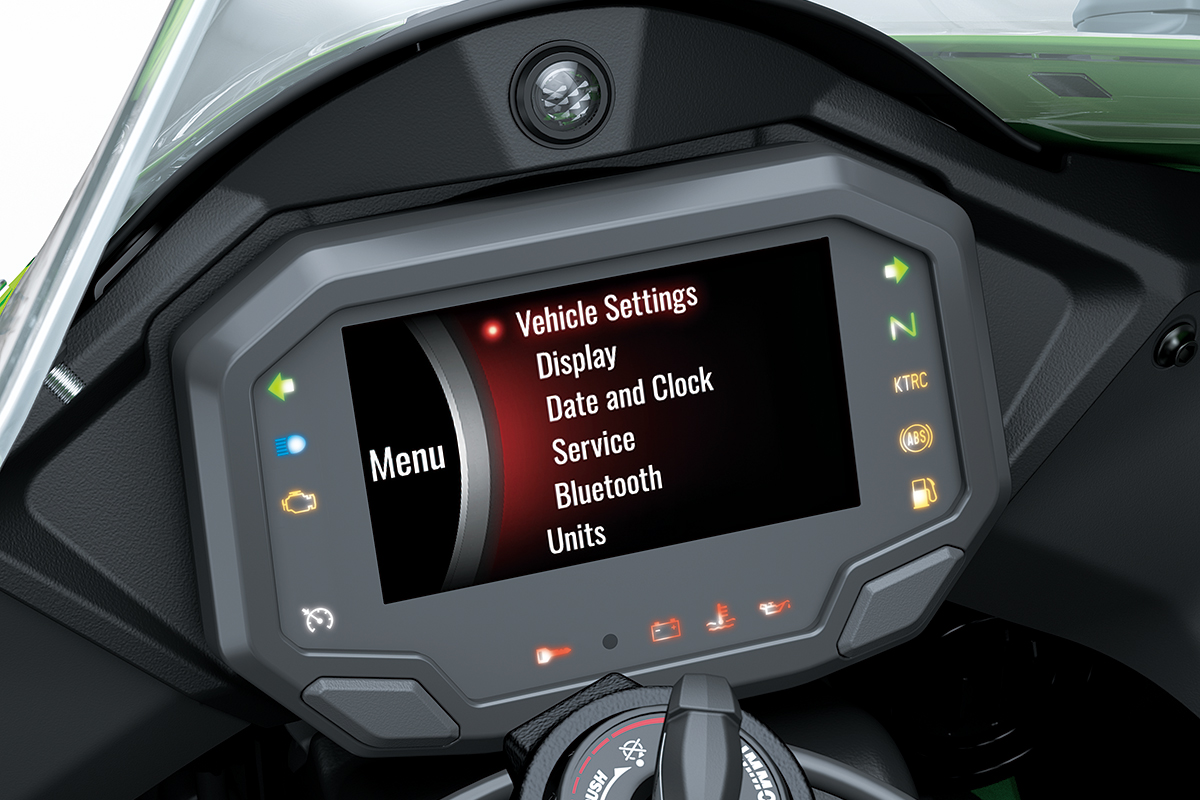
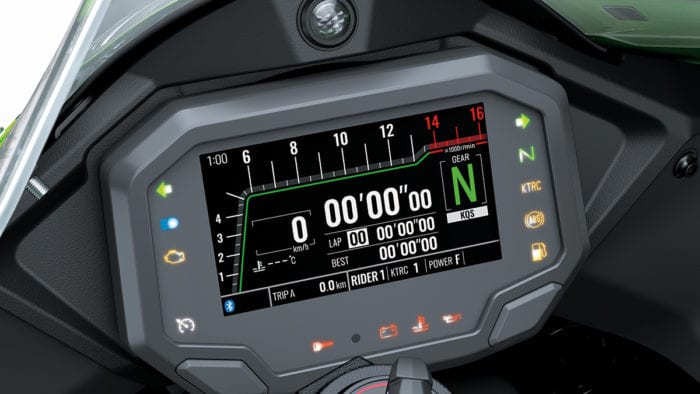
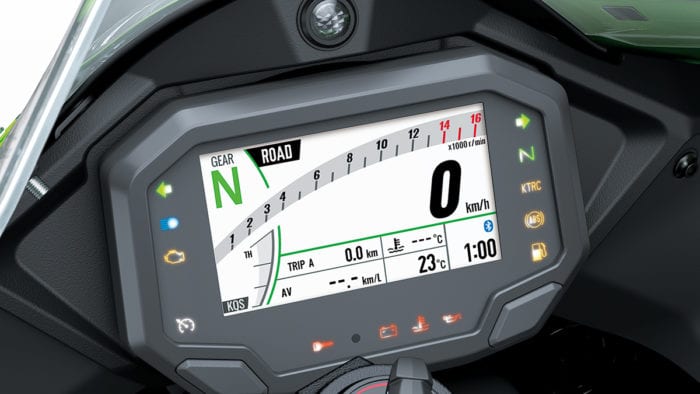

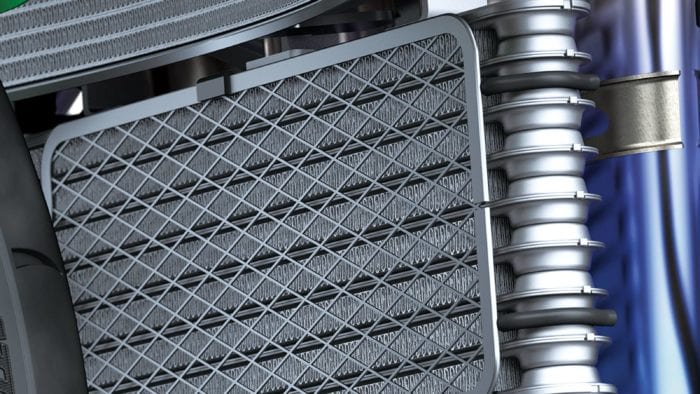
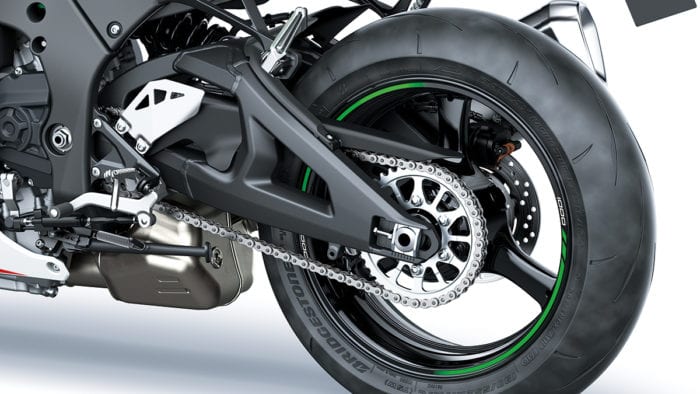

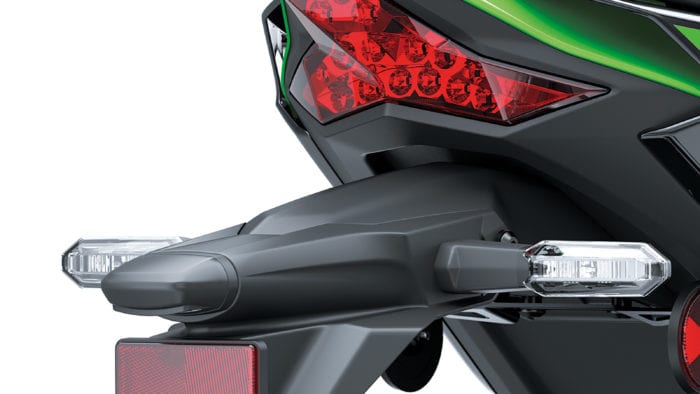
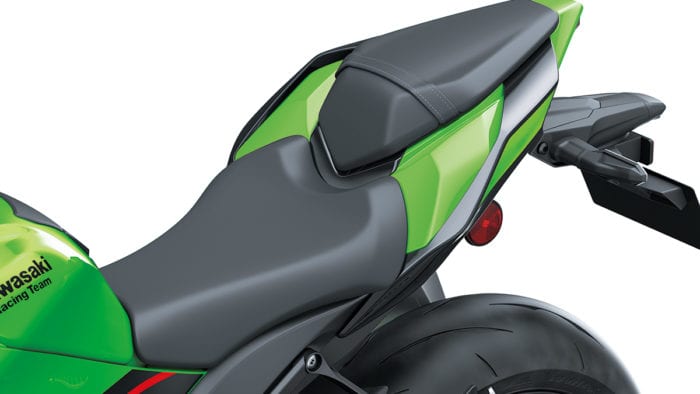
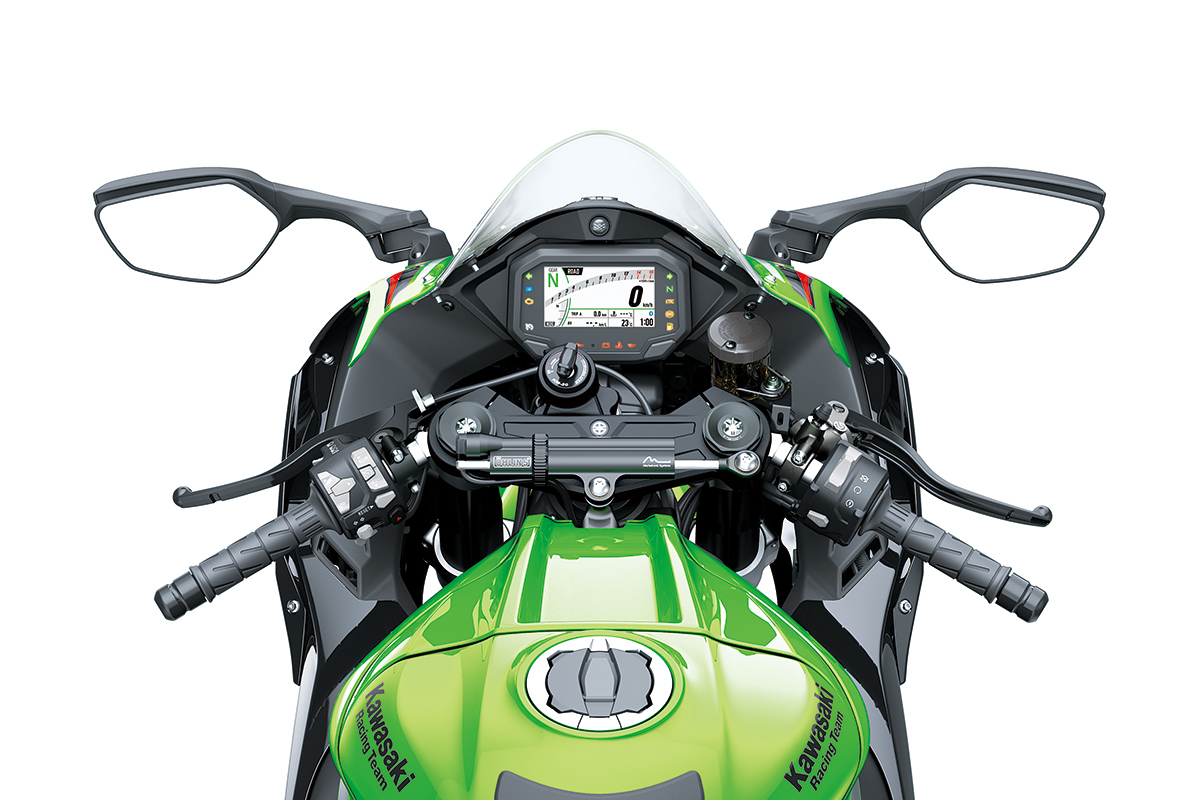
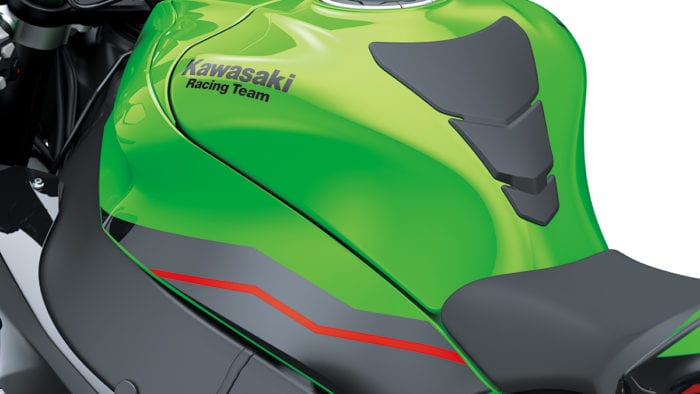

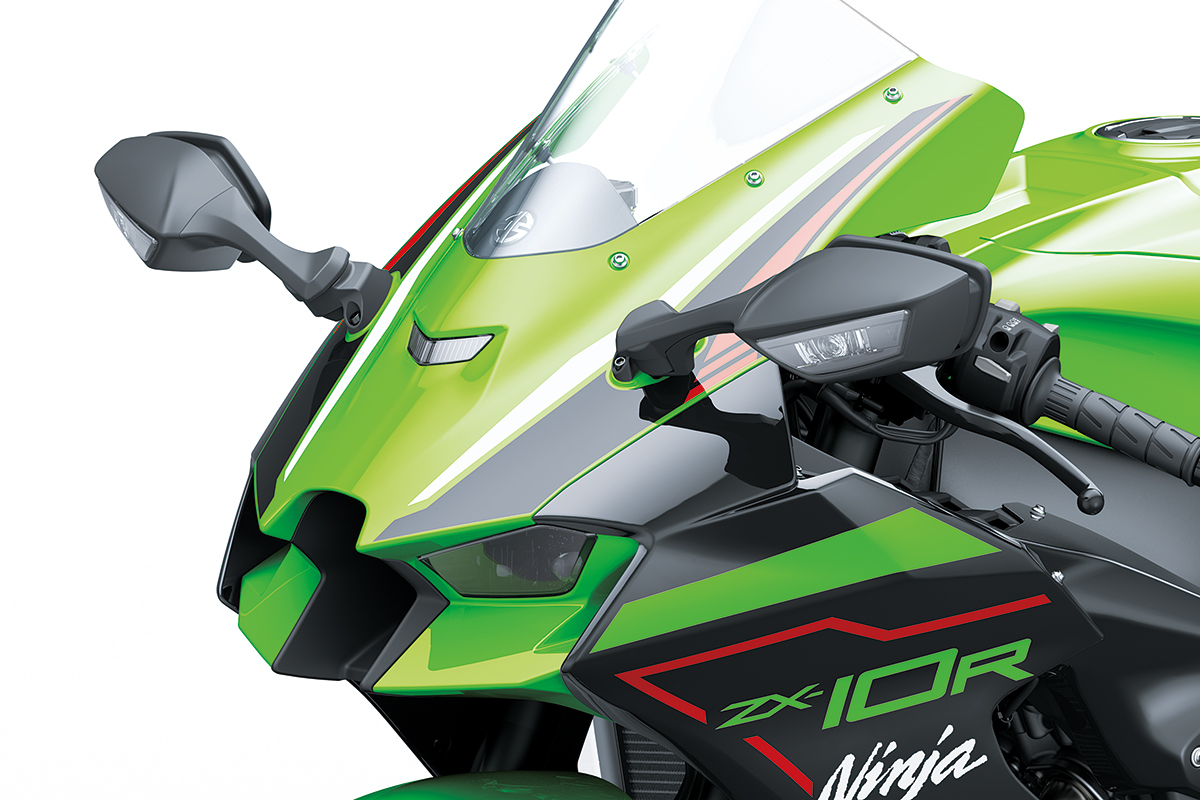
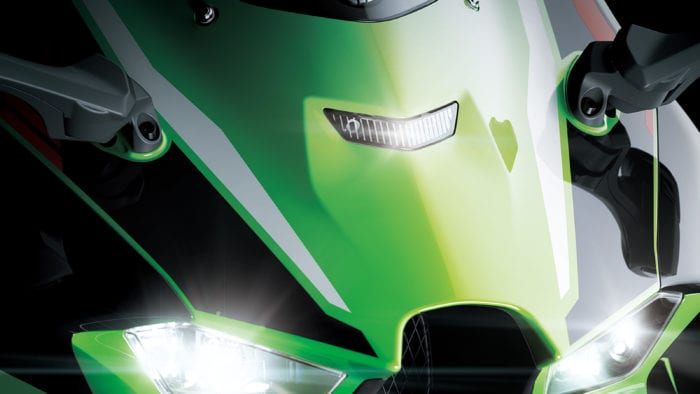
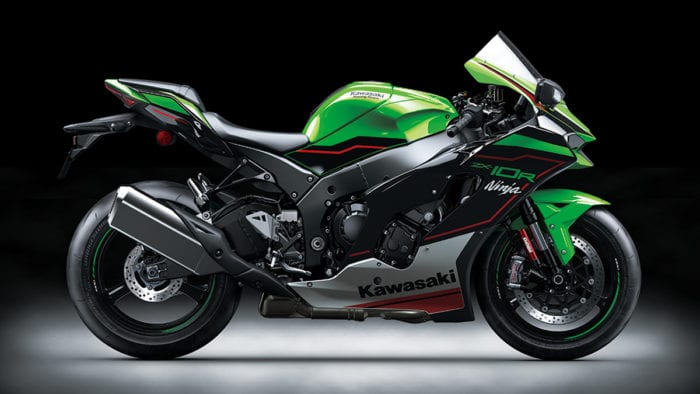

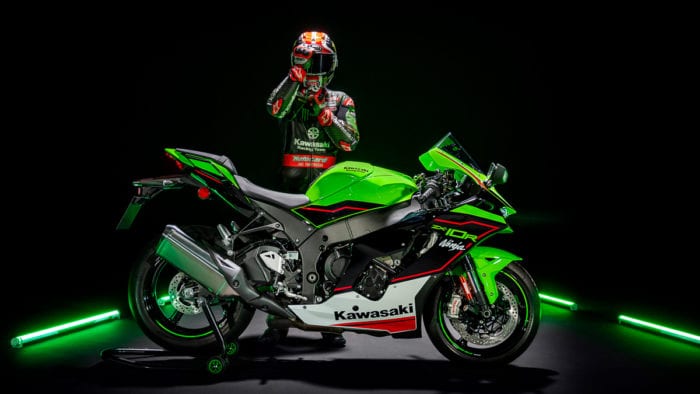
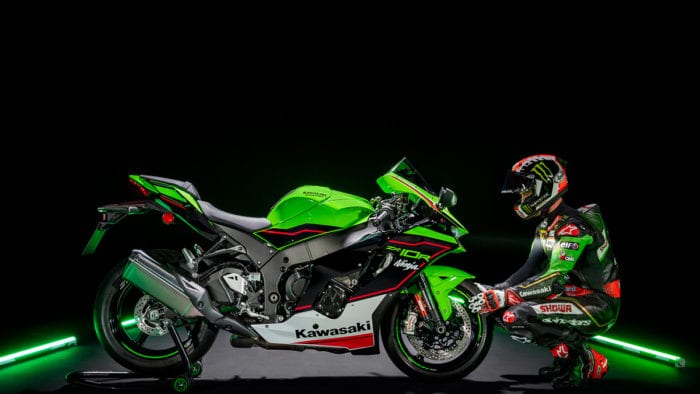

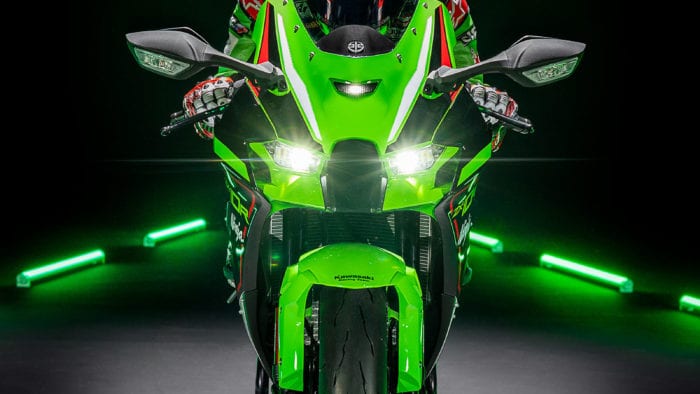
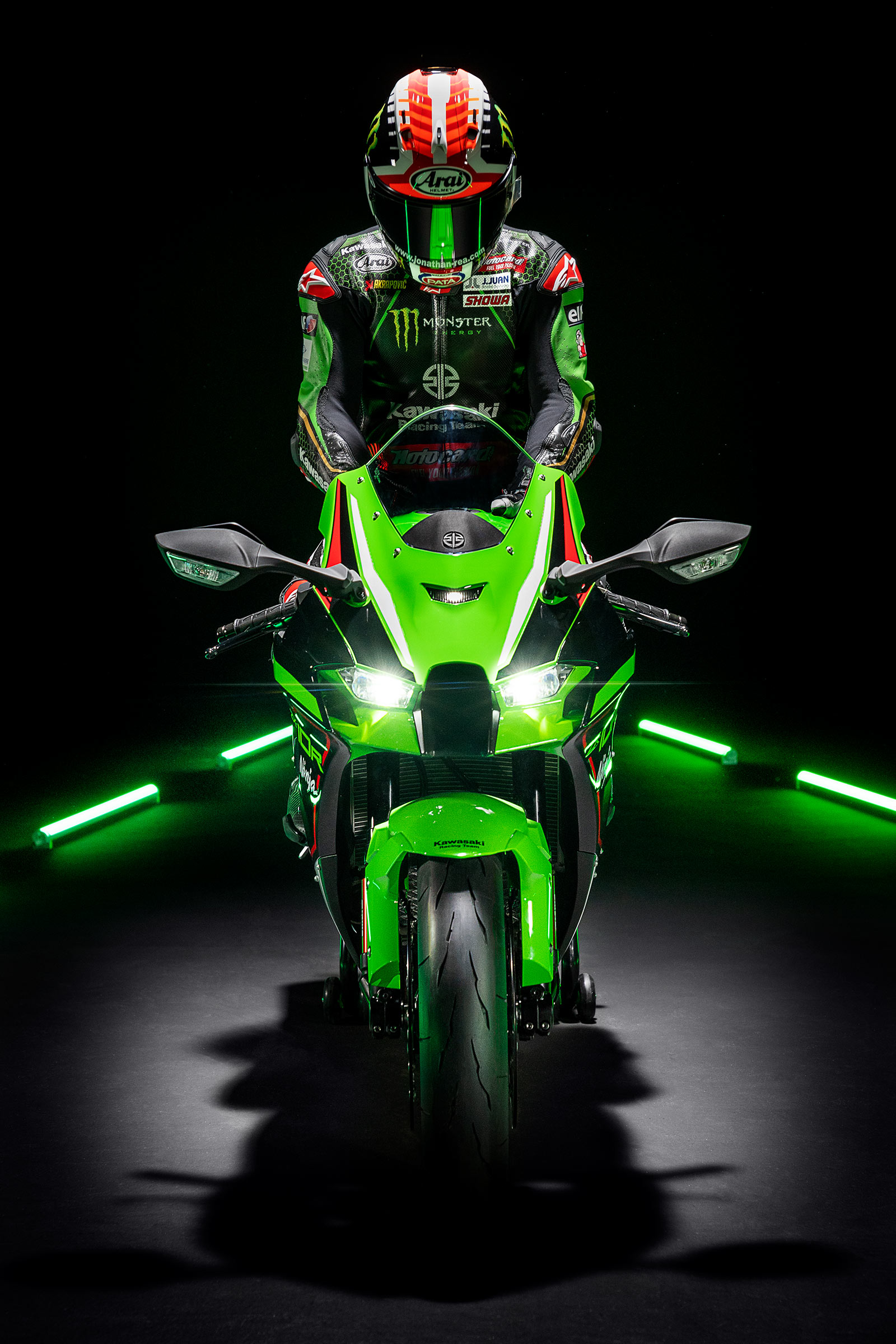
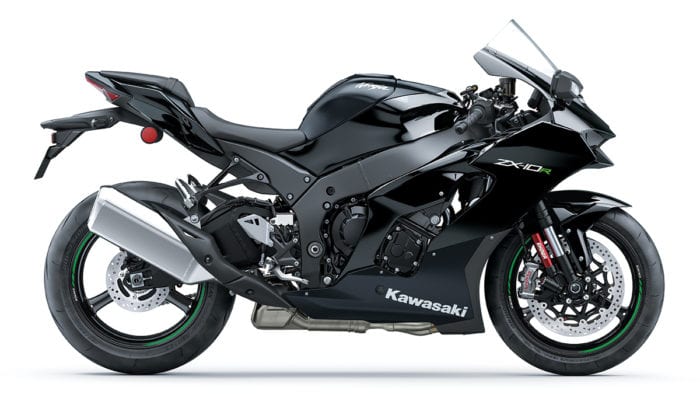

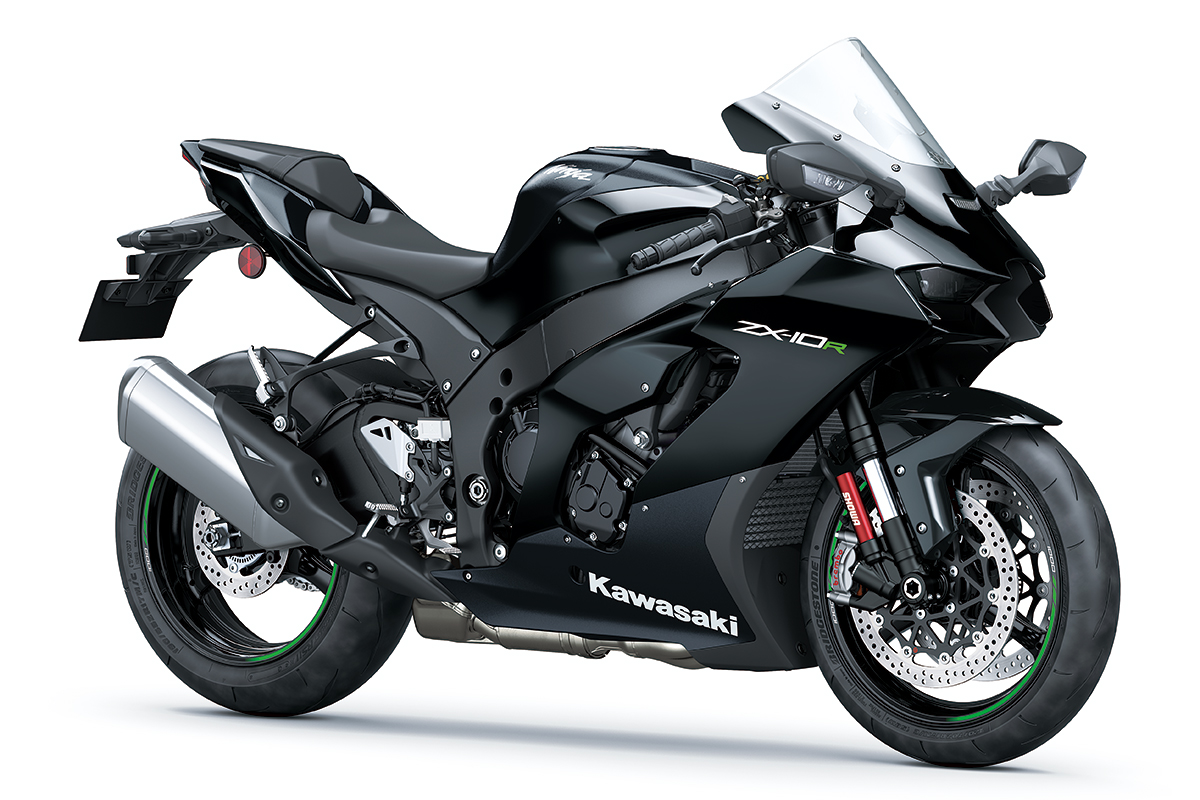

No Comment